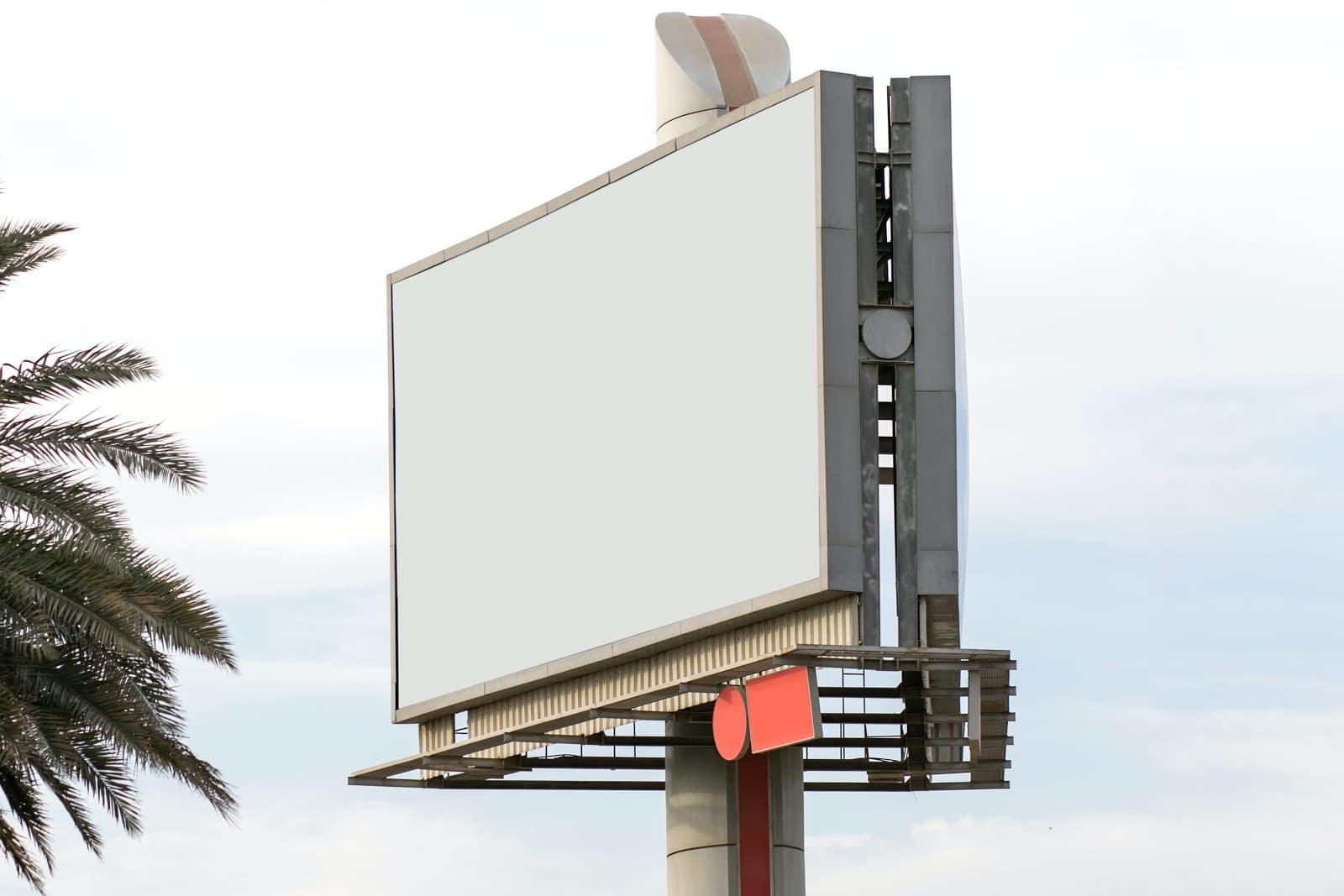If you run an ad agency, you would already have a fair idea of how opinionated customers can be. And being a temple of creativity, you may sometimes not agree with the ideas of your clients. Social listening can help your ad agency in more ways than one. Let’s explore the different scenarios.
The Value of Social Listening for an Ad Agency
Let’s run through all the major activities happening in an ad agency. There ‘s advertising, PR, dedicated content curation, social media programs et cetera. Every activity listed here helps build the ultimate marketing campaign for your client. In order for them to build their SOV and scale the business, your client needs to respond to the needs of their target audience. As an ad agency supporting them, it is your duty to guide them with what’s best.
Social listening helps ad agencies conquer these problems using a multi-pronged approach. Firstly, each of the activities mentioned above needs you to know your audience (client’s target audience in this case) in and out. Social listening also helps you win your brainstorming battles with the client team. Present them with your findings and analysis and see how you can rationally explain why you chose a particular topic for their campaign. And finally, it makes the entire process easier and faster for you.
Analyze your Clients’ Target Audience
This starts with a very basic step. When you take a brief from your client, you already have a seed list of keywords from their industry. Start by monitoring these keywords using a social listening tool. Some of the things you should be looking for are:
- How many people are talking about it?
- Which social media platforms see the most engagement related to these topics?
- Is the sentiment towards the brand negative or positive?
- What words are being used to describe the brand/product/service?
- Which influencers are talking about this the most?
- What age demography is the most active with regard to this topic?
Questions such as these will give you a fair idea about the kind of audience you want to target for your client. It also gives you in-depth knowledge about the overall sentiment surrounding the brand. What is working for the brand currently and what is not? This information helps you build the very base of your marketing strategy. Your future campaigns, the messaging you send out, the influencers you team up with all will be based on insights derived from this data.
Strategic Planning and Recommendations
As a consulting firm, it is important that you make intelligent recommendations to your clients. Winning over a client comes before you can win over their audience members. Sometimes, it is essential to understand the brief they are presenting, to understand the values they are trying to portray. But you also have to make this saleable by binding these concepts to what is trending online. Your client’s brand can also do well by displaying a willingness to take market feedback and act upon it. You have the data ready and can convince your client based on this. For instance, your client’s brand sells energy bars and drinks. They want you to promote these to pregnant women. On the other hand, from your analysis, you see women athletes, in general, prefer energy drinks and bars as meal replacement options. Present this data to convince your client about how you can base their messaging towards the female community as a whole.
You can show your clients all the data about the demographics of the people who speak the most about energy bars. Share the information with them about the top influencers in the industry. The trending topics on the word cloud help your case. Social listening helps an ad agency with the relevant data at all points for every client.
Simplify the Process for Yourself
This is the main reason why every ad agency should accept help from social listening tools. Social media is not an easy place to maneuver. Marketing gets difficult owing to the fast-paced life on social media. You can not grab and hold a person’s attention for more than a few seconds. Trying to manually analyze audience behavior for ad targeting and other campaigns is an impossible task. Automation helps to prepare for the actual creative work. You are getting real-time feedback. You also know about the audience’s perception of the brand. Further, you can use the tool to gauge the buyer persona and general consumer behavior.
The core market research has been done for you, you have won the pitch. Furthermore, you even get an automated analysis of the performance. It is almost instantaneous with the real-time feedback feature in motion. Social listening goes beyond measuring numbers. It quantifies the subjective data and tells you exactly what your audience thinks about the campaign and how to improvise or maintain such success.
Social listening can help ad agencies the most, given the rise of digital advertising. It is a tool made to draw insights from digital platforms. Technically it is a self-feeding cycle. You draw insights from what people perceive and want, you build a campaign around it, you again listen to what people think about it and adapt to it.

